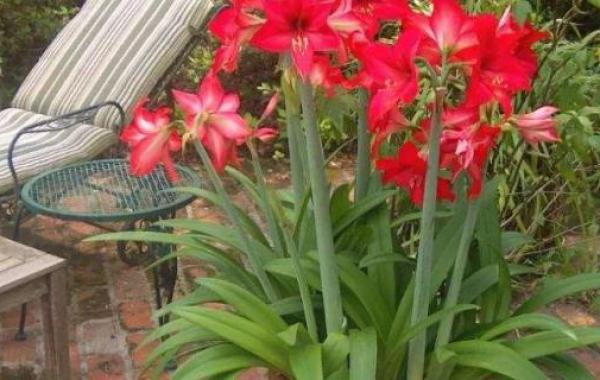Planting techniques of seedlings and flowers

After properly pruning the roots of seedlings and flowers, use a bag of "rapid rooting powder" mixed with 1.5-2 kg of water, and then soak the roots for 1-2 hours. Put a layer of humus soil at the bottom of the prepared flowerpot, transplant the seedlings into the pot, loosen the soil properly to stretch the root system of the flower seedlings, water to keep the soil moist, spray water regularly on the branches with a watering can in the early stage, irrigate once every 5-7 days according to the temperature in the later stage, apply fertilizer with potassium dihydrogen phosphate, urea and ammonium sulfate, etc., and dilute with water for irrigation.
I.
1. Pre-seed treatment
After purchasing flower seedlings, it is necessary to trim the roots properly, cut off the long roots, improve the survival rate of seedlings and flowers, and it is best to bring some soil to the roots. After preparing the transplant pot, use appropriate amount of rapid rooting powder to soak the roots in water. You can add 1.5-2 kg of water to each bag, and then soak the roots for 1-2 hours.
2. Transplanting method
Put a layer of humus soil or other similar soil with moisture and fertilizer function at the bottom of the pot, transplant the seedlings into the pot, put enough soil and slightly lift the seedlings upwards, loosen the soil properly, stretch the roots of the seedlings, and then pour the water used for soaking roots into the flowerpot to accelerate the rapid rooting of the seedlings. After several hours, water again to keep the soil moist and ensure good rooting effect.
3. Fertilizer and water management
(1) At the rooting stage of seedlings, spray water regularly on branches with a watering can. After new tree strips and leaves are taken out of seedlings and flowers, water is poured once every 5-7 days according to the temperature, and appropriate foliar spray is carried out.
(2) Fertilization is mainly based on fertilizers containing nitrogen and phosphorus, among which potassium dihydrogen phosphate is a high-grade quick-acting phosphorus and potassium fertilizer, odorless and tasteless, with remarkable fertilizer efficiency. It has remarkable growth effect on ornamental flowers such as chrysanthemum, rose, dahlia and kumquat. Urea and ammonium sulfate are quick-acting nitrogen fertilizers with high fertility and quick effect. It is best to dilute them with water 1000-1500 times, and then irrigate them. Do not spread them in pots, otherwise they will easily cause seedlings and flowers to burn roots.
II. Cultivation precautions
1. Pay attention to the acidity and alkalinity of the soil. Plant ash or nitrous acid can be used to achieve soil acid-base balance.
2. Poor indoor ventilation in winter will lead to powdery mildew, soot disease, aphids, red spiders and other diseases and insect pests in some flowers. 0.1% carbendazim or thiophanate should be sprayed, and 0.2% dimethoate or insecticide should be sprayed for pests. Should be in sunny weather at noon window ventilation, in order to reduce the occurrence of diseases and insect pests, but also conducive to the healthy growth of flowers.
Related
- What if the leaves of potted flowers turn yellow?
- Florescence Control of several Flowers
- Anti-freezing technology and post-freezing nursing technology of flowers
- What is the classification of flowers? What are the common methods of flower classification?
- Prevention and control of alkali and acid damage of flowers in courtyard
- Technology of Anti-freezing and restoring growth of Flower seedlings in greenhouse and greenhouse
- How does flower fertilization not hurt the root? Fertilization technology of flowers
- Key points of disinfection in flower greenhouse
- Several pesticides that are banned or used cautiously in flowers
- How to fertilize the flowers that watch the leaves?


